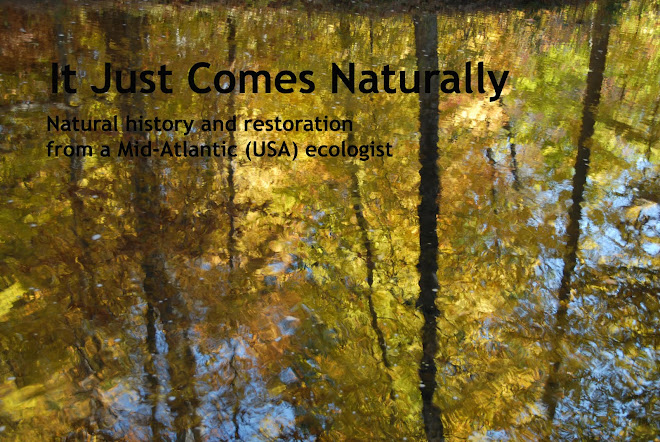View along the trail looking westward
On
Wednesday, May 6, the day after I turned 68 years old, I completed an early
morning hike at the Cherokee State Wildlife Area, Lone Pine Unit. This area is just four miles east of our
house, but, because it is state game lands, it is closed to the public (except
for licensed hunters and anglers) from September through April; the public may
visit only during the hottest months of the year (May through August). I arrived at 7:30 a.m. and did a 2.5-mile
(five-mile total) out-and-back hike. The
trail loosely follows Lone Pine Creek, which was running high because of spring
runoff in the mountains. A convenient
place to hike, but not particularly rewarding in terms of scenery or birding.
View downstream (eastward) along Lone Pine Creek
Blooming pasque
flowers were very abundant.
As
I returned to the parking lot, I noticed a group of a half-dozen large (1”)
black beetles in the middle of the trail.
They were pretty unconcerned that I was there; they were more intent on
procreation. I believe that this image
depicts both sexes, which were very different from one another. Because they were in the middle of the trail, I was concerned that they would be crushed, although I only saw one other person using the area while I was there.
































